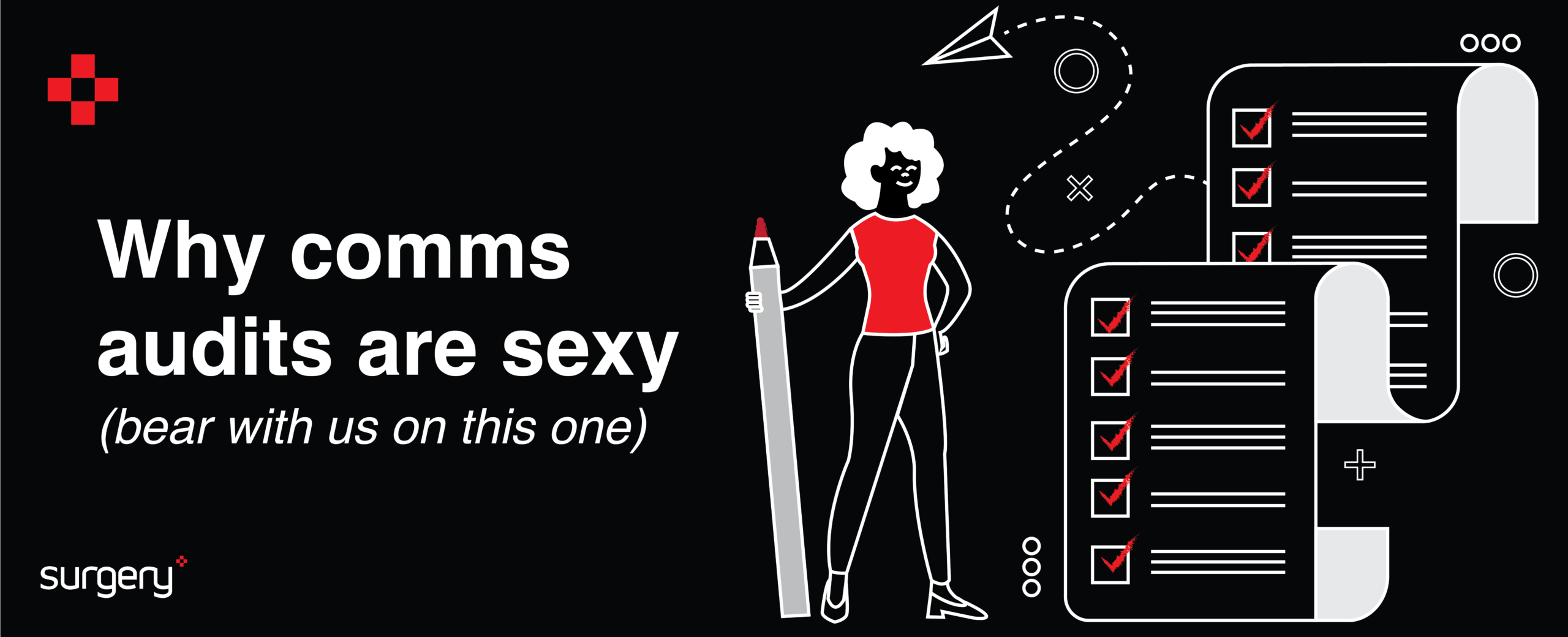I’ll get to the point. This is a blog about Smart Brevity. Smart Brevity is a communications approach designed to cut through information overload and GRAB ATTENTION (note for blog page designer, please put this in 30pt sparkly font)
I guess that should be the end of the blog, really. You know, if we’re being all smart and brief.
But we’ve come this far, and you’re still here, so let’s dig a little deeper!
YOU’VE GOT 26 SECONDS. USE IT WISELY
Developed in a US newsroom, Smart Brevity is a reaction to our increasingly busy lives.
Lives in which we barely look up from our smartphones or devote any more than 26 seconds to reading a social media post, news article or internal comms message.
It’s not a lot is 26 seconds. In fact, reading this far would have taken you around 26 seconds. So, to all you 26 seconders, thanks for tuning in, and we’ll see you next time.
For the rest of us, the below is why Smart Brevity is increasingly becoming a thing, and why so many organisations are adopting it for their external and internal comms.
Oh, and breaking text into bullet points is all part of SM scripture, so here goes:
- We are all overwhelmed – on average, we check our messages/phone between 70 and 400 times every day. You can see why it’s hard for your announcements to cut through, right?
- News, news, news, news – we are bombarded with thousands of messages every day. How on earth is yours supposed to cope?
- It’s frustrating – TL;DR, baby, so KISS it. (That’s too long, didn’t read, so keep it simple, sister.) Or, in other words, people get frustrated with long reams of fluffy, dreamy copy.
- We’re all tight on time – 26 seconds might be all you get, so be more Post-it note than Dostoevsky.
IN A WORLD OF BOXER SHORTS… BE BRIEF
Here are your key takeaways:
- In a world of boxer shorts, be brief – keep it tight and concise, not baggy and airy!
- Get to the point– make the main thing you want your reader to know the star. Get it up top quick
- Chunk up info – people scan, so keep those bullet points coming and use headers and sub-headers
- Nobody likes a clever Trevor – big words don’t impress Shania Twain much, so stop the jargon
- Assume people are busy – because they are. Make sure your reader can get your key message in seconds
- Be direct but human – until our AI overlords truly get their big old robotic feet under the table, you are still the most human person out there. So, write like you are.
Smart Brevity is not rocket surgery, but it is a neat way of bringing sound writing principles together in one place.
Remember, less is more, more or less!
Need some help? Get in touch today.




